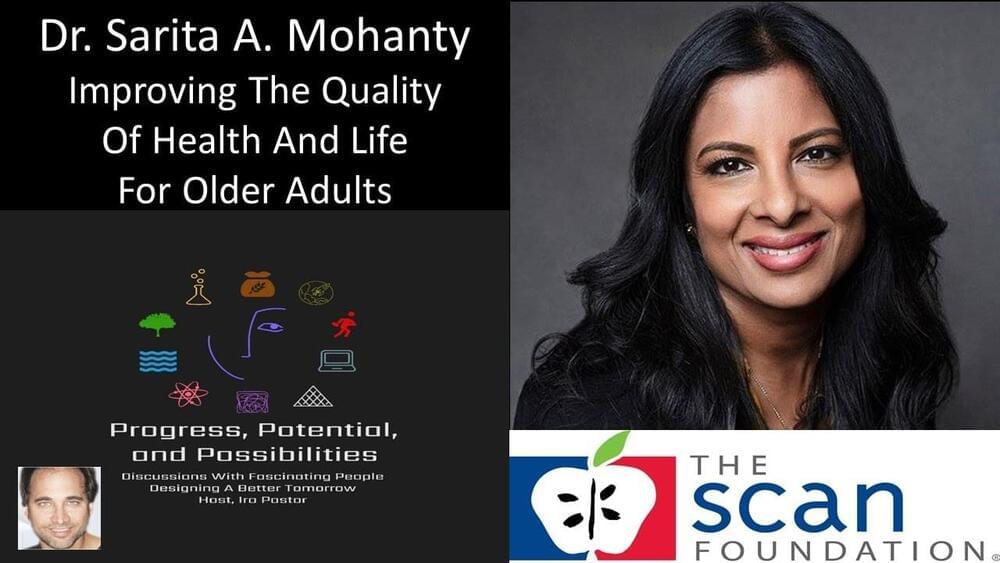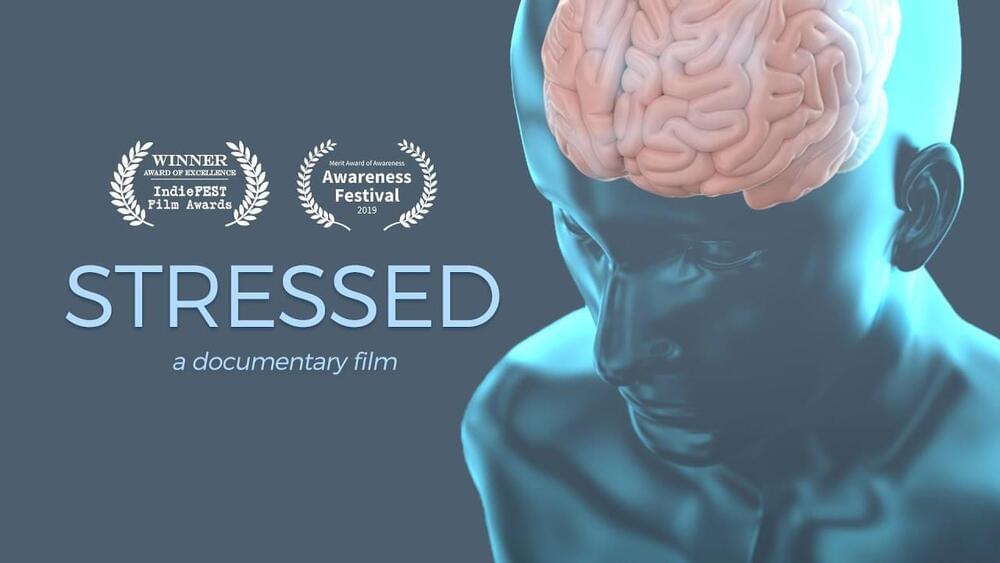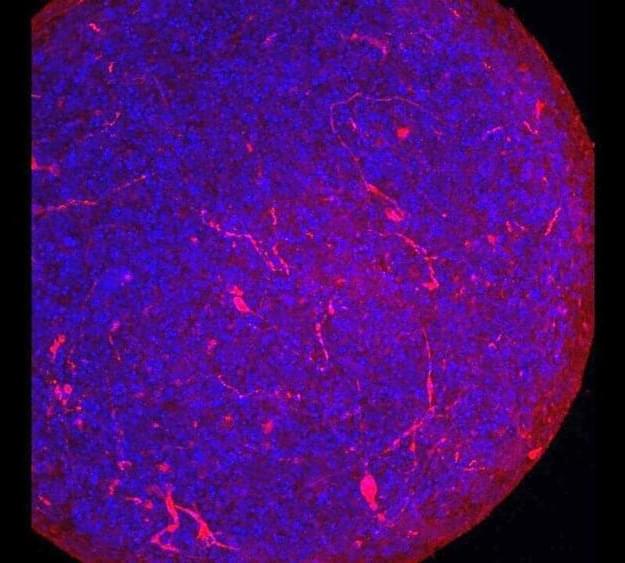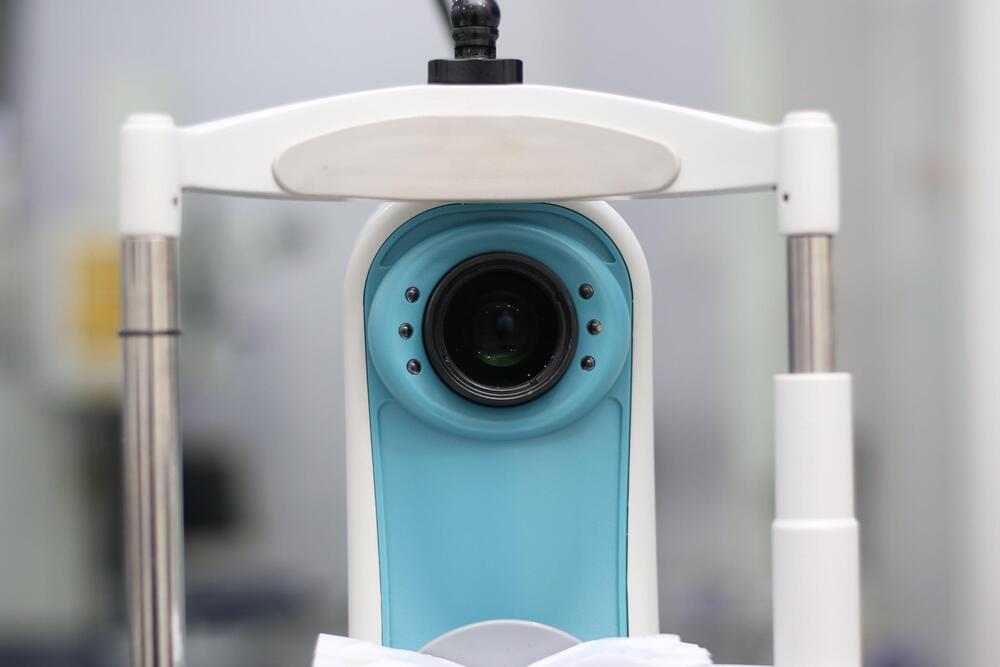
In July, particle physicists in the US completed the Snowmass process—a decadal community planning exercise that forges a vision of scientific priorities and future facilities. Organized by the Division of Particles and Fields of the American Physical Society, this year’s Snowmass meetings considered a range of plans including neutrino experiments and muon colliders. One new idea that generated buzz was the Cool Copper Collider (or C3 for short). This proposal calls for accelerating particles with conventional, or “normal-conducting,” radio frequency (RF) cavities—as opposed to the superconducting RF cavities used in modern colliders. This “retro” design could potentially achieve 500 GeV collision energies with an 8-km-long linear collider, making it significantly smaller and presumably less expensive than a comparable superconducting design.
The goal of the C3 project would be to operate as a Higgs factory, which—in particle-physics parlance—is a collider that smashes together electrons and their antimatter partners, called positrons, at energies above 250 GeV. Such a facility would make loads of Higgs bosons with less of the mess that comes from smashing protons and antiprotons together—as is done at the Large Hadron Collider (LHC) in Switzerland. A Higgs factory would give more precise measurements than the LHC of the couplings between Higgs bosons and other particles, potentially uncovering small discrepancies that could lead to new theories of particle physics. “I think the Higgs is the most interesting particle that’s out there,” says Emilio Nanni from the SLAC National Accelerator Laboratory in California. “And we should absolutely build a machine that’s dedicated to studying it with as much precision as possible.”
But an outsider might wonder why another Higgs-factory proposal is being added to the particle-physics menu. A similar factory design—the International Linear Collider (ILC)—has been in the works for years, but that project is presently stalled, as the Japanese government has not yet confirmed its support for building the facility in Japan. Waiting in the wings are several other large particle-physics proposals, including CERN’s Future Circular Collider and China’s Circular Electron Positron Collider.

















